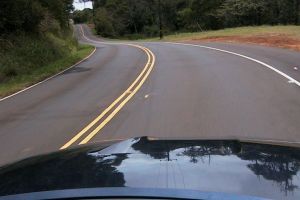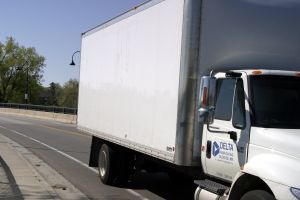Daylight-Saving Time End Means More Hartford Crashes
Daylight-saving time has come to an end for the year when the clocks changed in November. Although many people may appreciate the extra sleep, Time Magazine warns this added slumber can come at a big cost. A personal injury lawyer recognizes there is evidence to suggest daylight-saving time can make the roads less safe, resulting in an increased risk of motor vehicle collisions, especially those involving pedestrians or bicycle riders. 
Drivers need to be aware the end of daylight-saving time can be dangerous. Motorists should take extra care, especially in the days immediately following the change, in order to ensure they don’t put themselves, motorists or pedestrians at greater risk.
Ending Daylight-Saving Time Can Be Dangerous
When daylight-saving time ends, there is an extra hour of sunlight during the morning and it gets dark one hour earlier in the evening. As one University of Washington professor who studies daylight-saving time has asserted that darkness is dangerous, and sunlight can save lives. This refers to the fact that when it is dark outside, there is a greater risk of crashes. Visibility is reduced and drivers are more likely not to see pedestrians or bikers on the road.
Because it is much safer for drivers to be on the road during daylight, the key question about whether daylight-saving should end or should continue throughout the year is when sunlight is the most beneficial. Those who believe daylight-saving time should continue believe it is better to have brighter hours in the afternoon while those who believe that daylight-saving time should end believe that it is better to have sunlight in the morning.
One argument for perpetual daylight-saving time is that there are more people who are awake and active at 5 p.m. than at 7 in the morning. It is better to have light out for longer when more people are active so drivers are better able to see pedestrians in the early evening.
Some evidence seems to support this position. For example, a 2004 study showed if an hour of sunlight was added to each evening year-round, this could prevent as many as 170 pedestrian fatalities and 200 fatalities among motor vehicle occupants.
There are also concerns the abrupt shift in time caused when daylight-saving time ends could result in drivers being less safe because they have difficulty adjusting. In the immediate wake of the change, drivers tend to operate their vehicles as though it is light, even when it is dark. This means they don’t slow down the way that they should in order to be better able to avoid pedestrian or motor vehicle collisions.
The counterargument, however, is it is better for children to end daylight-saving time so it is bright in the morning when kids go to school. This argument is why the National PTA opposed moving daylight-saving time from April to March.
Contact a Hartford accident attorney today at the Law Offices of Mark E. Salomone & Morelli. Calling 1-800-WIN-WIN-1 for your free case consultation or visit http://www.salomoneandmorelli.com. Also serving New Britain and Norwich to Manchester, New Haven and the Waterbury-area.







